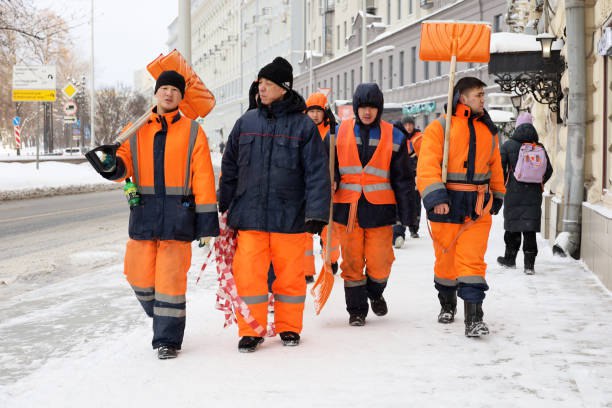Uzbekistan Raises Concern over Treatment of its Migrants in Russia
Uzbekistan has urged Russia to pay greater attention to reports of mistreatment and rights violations involving Uzbek migrant workers living and working in Russia. The issue was formally raised on May 2 during a meeting in Tashkent between Uzbekistan’s Deputy Foreign Minister Bobur Usmonov and Russian Ambassador to Uzbekistan Oleg Malginov. According to Uzbekistan’s Ministry of Foreign Affairs, Usmonov expressed deep concern over the growing number of reports detailing abuse and harsh treatment of Uzbek migrants. He emphasized that such cases constitute violations of the rights and freedoms of Uzbek citizens, which should be safeguarded under the laws of their host country. The two officials also reviewed priority areas of bilateral cooperation, including upcoming events on both bilateral and multilateral agendas. They confirmed that collaboration in the consular and legal sectors remains strong. Regular consultations are held on consular issues, and a joint working group on labor migration continues to operate, focusing on employment and migration processes. “Protecting the rights and interests of citizens is at the center of our cooperation,” the Uzbek side said in an official statement. Topics discussed included pre-departure language and vocational training, simplifying the work permit application process, and ensuring that migrants comply with Russian legal requirements upon arrival. Meanwhile, on May 3, Uzbek President Shavkat Mirziyoyev and his Russian counterpart Vladimir Putin held a phone call to discuss deepening their strategic partnership. The leaders reviewed cooperation in trade, industry, and regional business, and praised the recent Innoprom. Central Asia exhibition in Tashkent. They also noted expanding ties in education, culture, sports, and tourism. Just days earlier, on April 29, a delegation from Uzbekistan, led by Deputy Prosecutor General Shohrukh Aminov, visited Moscow for the first session of a joint labor migration working group. Both parties agreed to enhance legal migration frameworks and to ensure fair and dignified treatment of migrant workers. The Uzbek government reiterated its expectation that Russian authorities will investigate the reported abuses and keep their Uzbek counterparts informed of the outcomes.






